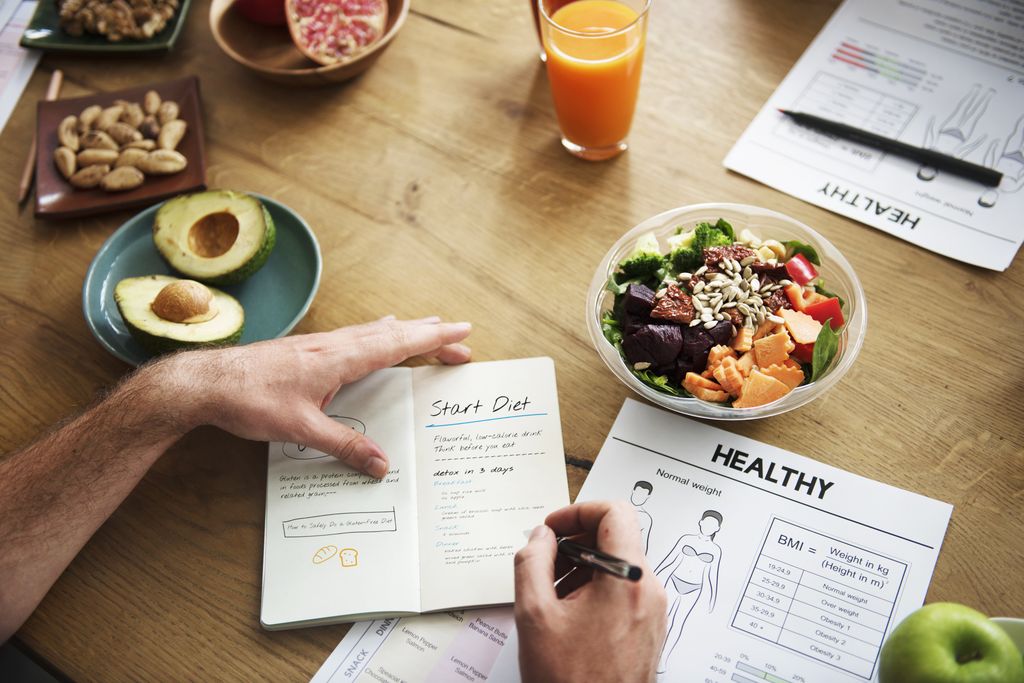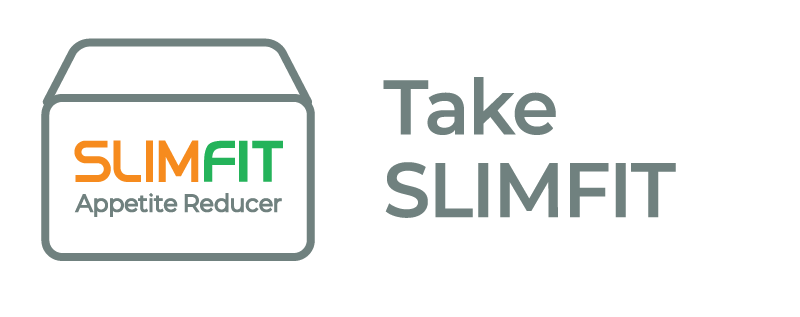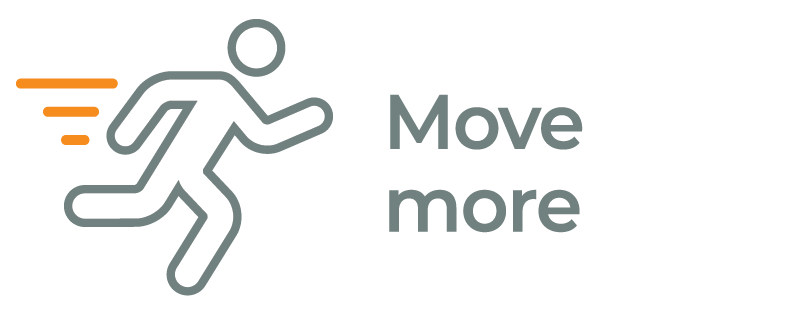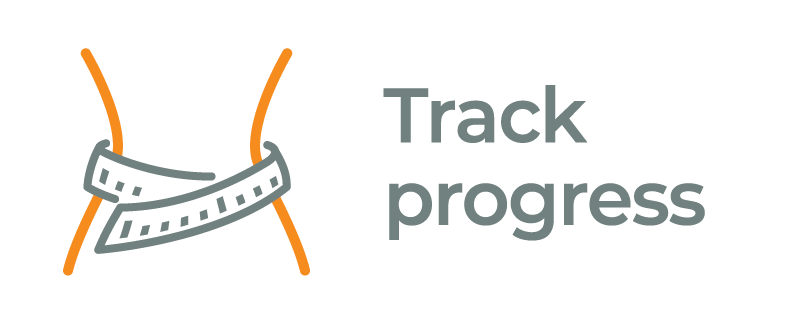We understand that managing your weight and maintaining your health is a huge priority but how do you monitor your success and evaluate your progress?
We’ve all had moments where we’ve spent weeks exercising and watching what we eat only for the scales to show us a big fat ZERO change in our weight. This is because the scale doesn’t tell the whole story.
Even if you’re exercising and not “seeing” any changes, your body is seeing change on a physiological level. As you exercise, your heart begins to work more efficiently, your circulation improves, and your cell regeneration even has a boost.
You can’t see these changes but in order for your body to change externally, the internal work needs to be done.
While the scale is what we reach for when we want to track our progress, often it’s not the most reliable or helpful method of tracking your progress.
Clothing
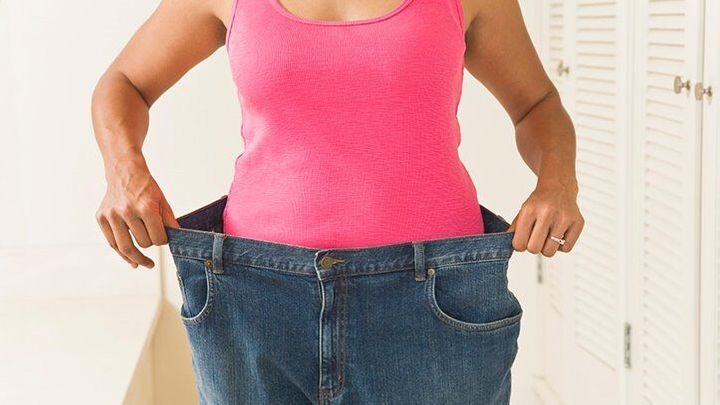
A fantastic way to check how you’re doing with your progress is to see how your clothes fit you. Often this is the first thing we notice when we either put on weight or lose weight; our clothes don’t fit right.
Choose a piece of clothing, a pair of pants works quite well or a dress. Use this piece of clothing to measure your success. Keep an eye on areas that get less tight and if you are working out and building muscle (especially women) keep an eye on areas that get tighter as you’ll know you’re building muscle mass and losing body fat.
Remember, whatever the scales say, your clothes can’t lie.
BMI
BMI or Body Mass Index is a tool used in many places to determine what the ideal weight is for your height and age.
What does your BMI mean?
Underweight = <18.5
This result means that you may be underweight. Being underweight can be associated with a range of health issues. If you’re concerned about your weight, we recommend discussing your result with your GP, practice nurse or dietitian.
Normal weight = 18.5–24.9
This result means that you are a healthy body weight which is generally good for your health. Keep up the great work!
Overweight = 25–29.9
This result means that you may be overweight. Carrying extra weight is associated with a range of health concerns, including being at an increased risk of heart disease. If you’re concerned about your weight, we recommend discussing your result with your GP, practice nurse or dietitian.
Obesity = BMI of 30 or greater
This result means that you may be obese. Obesity is associated with a range of health concerns, including being at an increased risk of Type 2 diabetes, ischemic heart disease (IHD), stroke, several common cancers, osteoarthritis, sleep apnea and reproductive abnormalities in adults.
Being overweight can also affect quality of life and potentially lead to psychological problems, such as low self-esteem, reduced confidence, or depression. * Obesity statistics | Ministry of Health NZ
If you’re concerned about your weight, we recommend discussing your result with your GP, practice nurse or dietitian.
Just be aware that if you are building muscle mass then the BMI can lose accuracy as it calculates weight rather than weight based off muscle mass.
Body Measurements
Taking body measurements is a great option for tracking your progress as anyone can do it with a measuring tape.
Measurements can determine which parts of your body are progressing well and which areas need to be worked on.
Start by wearing tight-fitting clothing (or no clothing) and make a note of what you’re wearing so you know to wear the same clothes the next time you measure. Here’s how to do it:
- Bust: Measure around the chest right at the nipple line, but don’t pull the tape too tight. This can change for women as nipple height is different on everyone. Get the measurement almost in line with your armpit.
- Calves: Measure around the largest part of each calf.
- Chest: Measure just under your bust.
- Forearm: Measure around the largest part of the arm below the elbow.
- Hips: Place the tape measure around the biggest part of your hips.
- Thighs: Measure around the biggest part of each thigh.
- Upper arm: Measure around the largest part of each arm above the elbow.
- Waist: Measure a half-inch above your belly button or at the smallest part of your waist.
Take them again once a week or once a month to see if you have any changes.
Scales
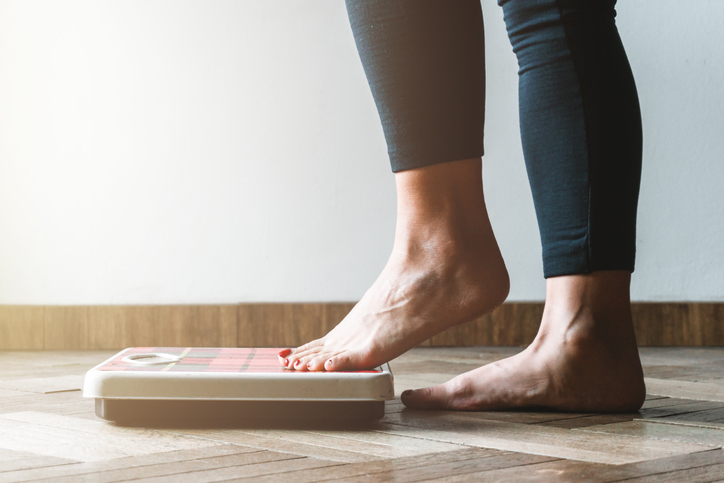
The problem with scales is scales take everything into account. Scales can also have a detrimental effect on your progress because the number fluctuates for many different reasons. Not because you’re not making progress but just due to the way your body works.
Scales take the ENTIRE bodyweight into account – this includes, fat, bones, muscle, organs, undigested food, water weight, everything. This can affect your progress and your body image.
Use scales, but don’t rely on them for overall results.
Weight Fluctuation
The reason that scales can be inaccurate is because of natural weight fluctuations. These can be hormonal weight changes, water weight changes and even muscle gain changes – along with the regular food related changes.
The Top 5 Best Ways to Track Your Progress
Check your BMI
Changes in a BMI can be good and bad. It’s good to know your BMI but don’t obsess over it. Remember that BMI has limitations of his own and use this method only as a rough guide.
Use the tape measure
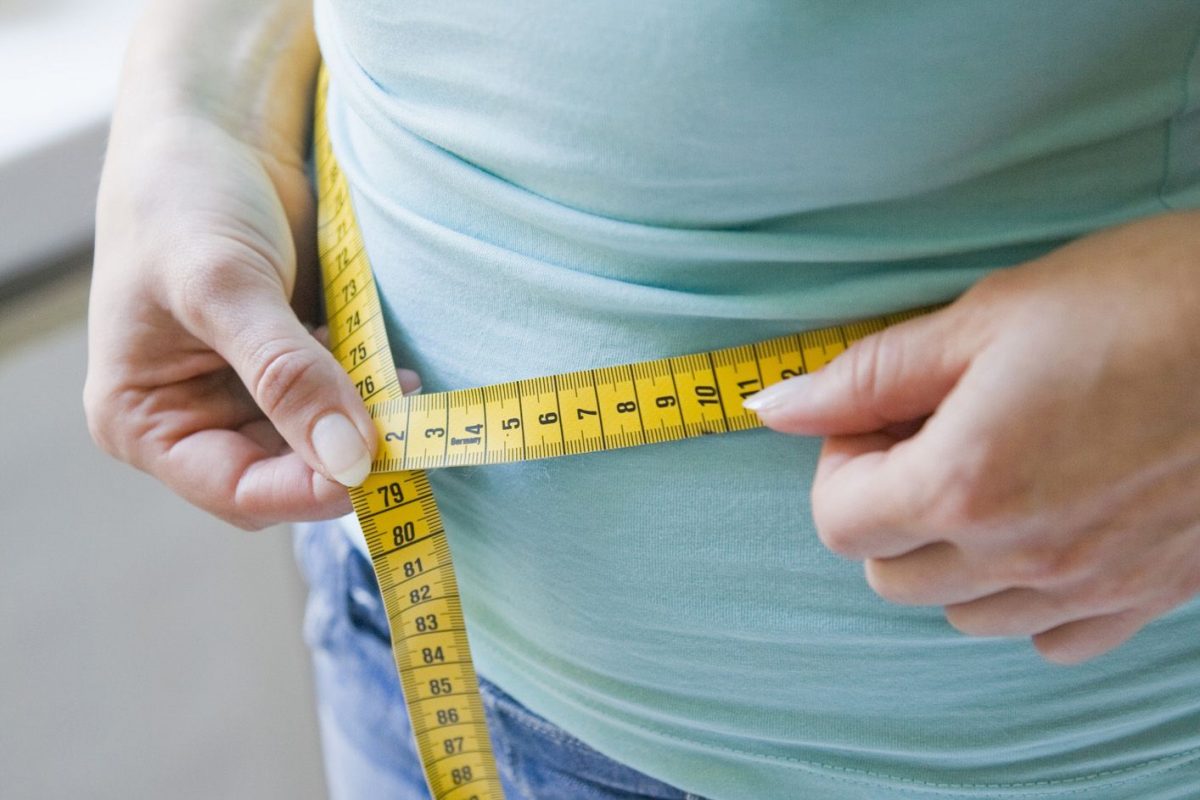
Use the tape measure to track the centimetres around your chest, hips, thighs, calves and upper arms, as well as your middle. Changes in your circumference can indicate physiological changes which can contribute to your goals.
Pick the right time for Scales
Friday morning is a better time to get on the scale. But remember to stick roughly to the same time every week (preferably in the morning after your first bowel movement) and don’t obsess over the scale – only weigh yourself once a week.
Try on your clothes
Using your clothes as a guide to changes is huge as it’s often the best way to track any changes in a physical way.
Be realistic
If you’re still focused on using the scale, be realistic, to avoid being discouraged. Environmental factors can affect your weight – water weight, muscle weight etc can affect the numbers. Your weight does not define you.
You got this!

